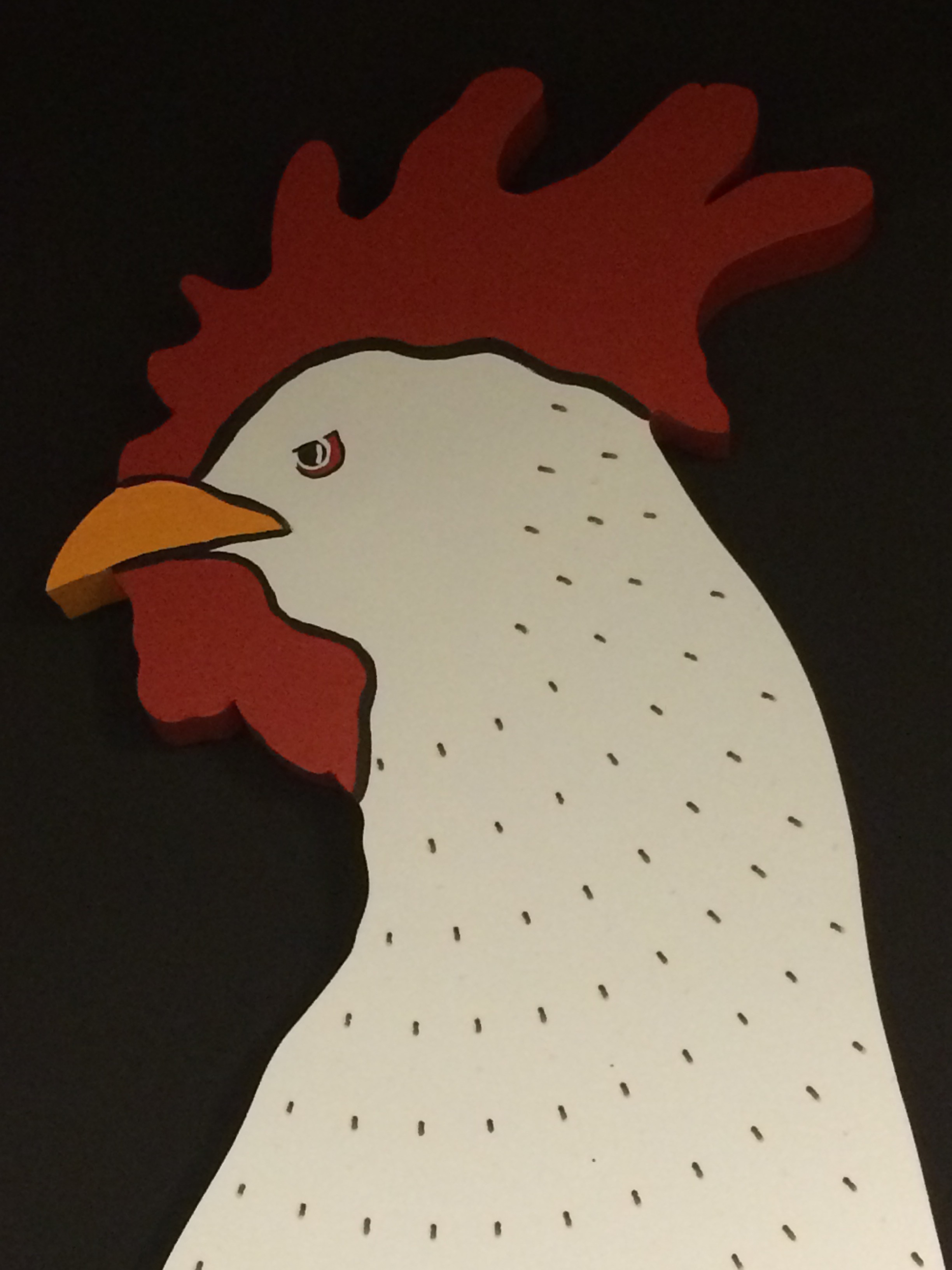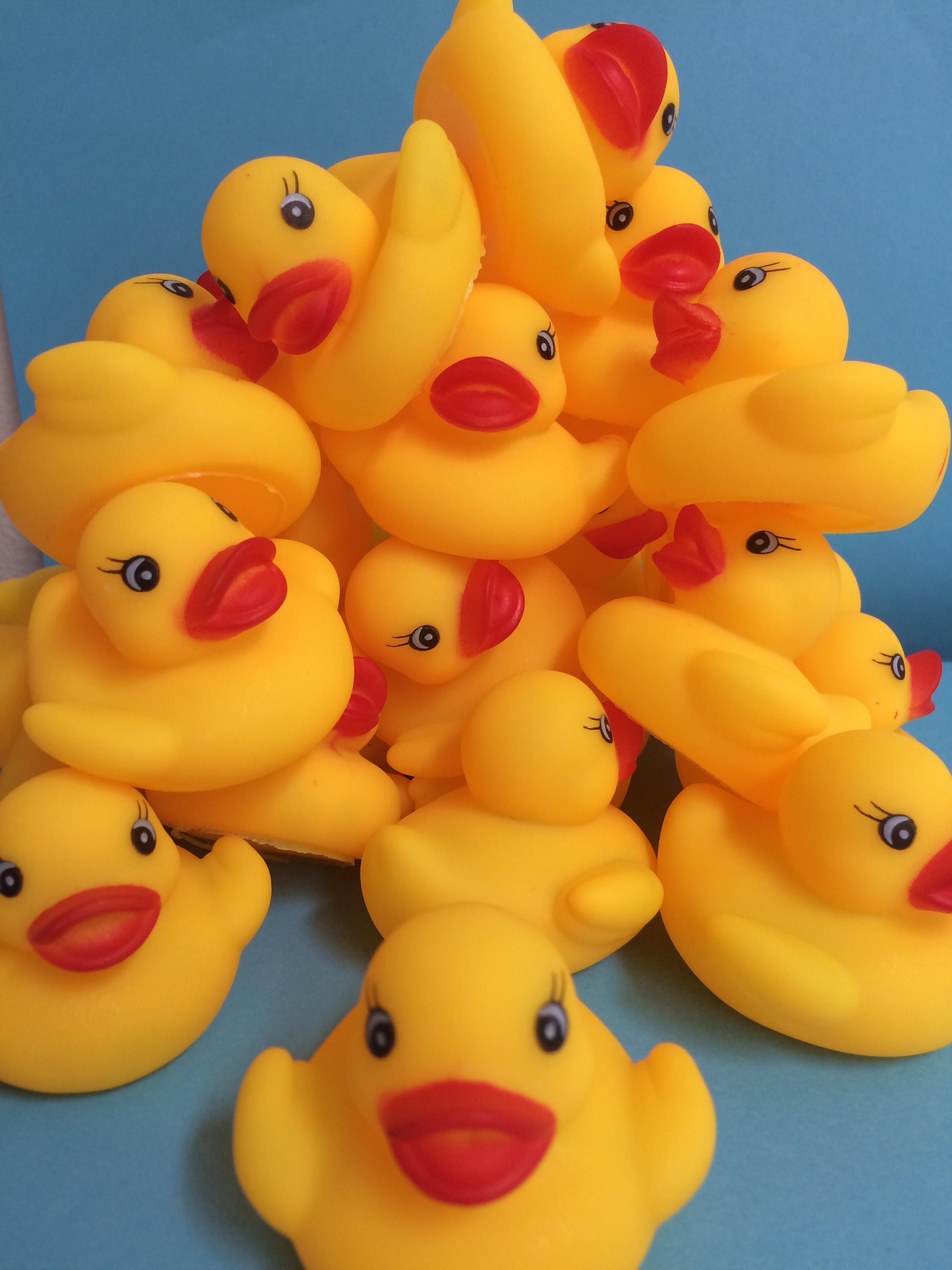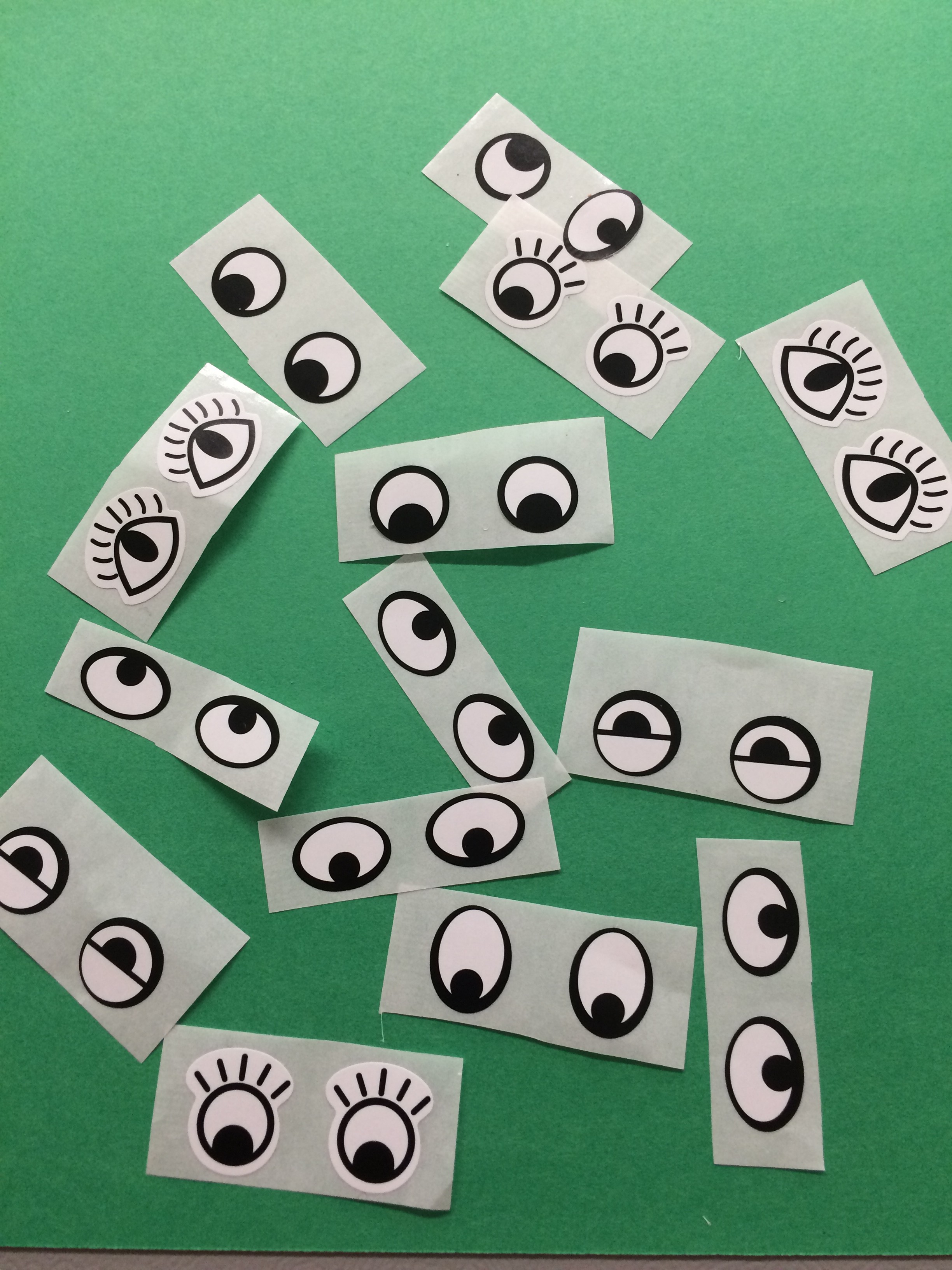Birds in Art is kind of a big deal.
Actually, for four decades it’s been THE big deal in avian art – worldwide. And, 2015 is no exception.
Preparation for the 40th Birds in Art at the Woodson Art Museum began after the opening weekend of the 39th, and work steadily progresses and reaches a frenzy about . . . now.
We aim to provide exceptional experiences for all visitors – first-time and returning visitors of all ages and life stages from babies to older adults, for those with memory loss and low vision or blindness, and for artists (whether aspiring, exhibiting, or Birds in Art Master Artists).
No detail is too small, and many details – including international shipping, customs regulations, and installation – are quite large. Lots of serious stuff requires lots of competent management.
 And then there are seven-foot roosters, assorted eyeballs, and friendly-faced rubber ducks – the concerns of the education department.
And then there are seven-foot roosters, assorted eyeballs, and friendly-faced rubber ducks – the concerns of the education department.
To be clear, we tackle serious stuff, too. Engage either of my co-workers Catie Anderson or Shannon Pueschner in a discussion, and it quickly becomes evident that they are well versed in museum studies, ornithology, curatorial science, and studio art. The materials, interactives, and experiences we create and shape – with a heavy assist from our dedicated docents, volunteers, and Museum facilities staff members Joe Ruelle and Dave Jones – reflect our respect for the Museum’s varied audiences, artists, and educators with whom we are privileged to work.
However, much time also is spent pondering the profile of a seven-foot rooster. Right or left facing? Red feathers? Absolutely not. It must be a white body, with a red head and comb, and a yellow beak.
Alerts have been sent to gather any scattered eyeball stickers needed for a hands-on art project.
Thanks to Google and Amazon, I’m now a rubber duck acquisition expert. Need a thousand rubber ducks – reasonably (let’s be honest, cheaply) priced – in less than six weeks? I’m your gal. Should the beaks be open or closed? Are the eyes dots or eyeballs? Eyelashes included? Do they float upright? Squeak?
 My quest for the perfect rubber duck was a solitary one. When the first fleet of ducks arrived (assuming 242 ducks constitute a fleet), I proudly marched into Catie’s office to display my conquest. Without a moment’s hesitation, Catie said, “Oh, good. These have friendly eyes, unlike the ones on your bookshelf.” In the rubber duck world, eyeballs and lashes are crucial.
My quest for the perfect rubber duck was a solitary one. When the first fleet of ducks arrived (assuming 242 ducks constitute a fleet), I proudly marched into Catie’s office to display my conquest. Without a moment’s hesitation, Catie said, “Oh, good. These have friendly eyes, unlike the ones on your bookshelf.” In the rubber duck world, eyeballs and lashes are crucial.
I asked a fellow curator who’s also a birder whether a paper raven could be repurposed as a red-winged blackbird. Apparently, ornithologic taxonomy involves more than dominant color. Let’s just say the amount of re-fashioning required made it time-prohibitive.
One infamous email asked tongue-in-cheek if a footless rooster could be considered stylized art. Apparently, the email was received while my colleagues were thinking deep thoughts because it elicited quite erudite replies. The rooster remains footless and is joined by 199 equally footless companions to be decorated with newsprint feathers by visiting school children.
Woodson Art Museum staff and volunteers love what we do, and each fall we host a big party to celebrate the best in avian art. It’s a tremendous lot of work, but it’s our privilege.
Visit the Museum often, especially during Birds in Art, September 12 through November 29, and marvel at the outstanding works. Delight in the seven-foot tall, left-facing, white rooster, and fold a feather to adorn his body. Discover the Art Park homage to Homage  to the World’s Largest Rubber Duck. And keep a sharp lookout for any wayward eyeball stickers.
to the World’s Largest Rubber Duck. And keep a sharp lookout for any wayward eyeball stickers.




